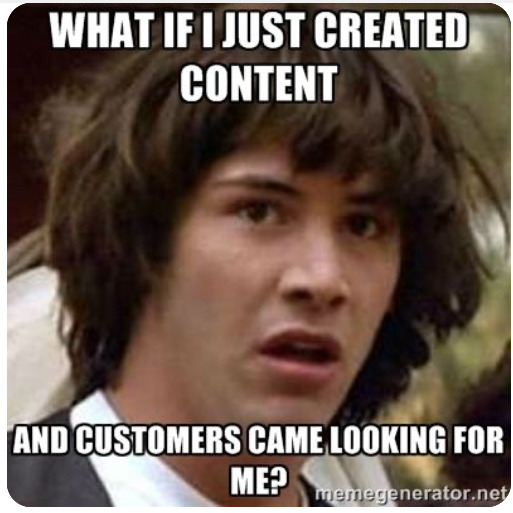The Art Of Digital Marketing Is Science

There are a lot of artists out there. They love to create beautiful campaigns that look and feel marvelous. Sometimes you will see a post or part of a campaign that makes you laugh out loud. That too is a good part of the art. A picture is indeed worth a 1000 words and some […]
Three Concerns about E-Newsletters
OK, I just posted five reasons you SHOULD have an e-newsletter, now let’s look at three things you need to take into account as you start writing your e-newsletters: Junk Email filters. There is a lot of email out there. And a lot of that email is automatically generated junk that you don’t want to […]
Five Reasons to Use an Email Newsletter
Putting a newsletter into email is easy. Reaching people that want to be reached by you is so easy it feels thrilling! Really it does! Give it a try. Here are five reasons you should try it if you aren’t already: Low cost distribution: Sending out a hard copy newsletter can cost anywhere from $0.42 […]
